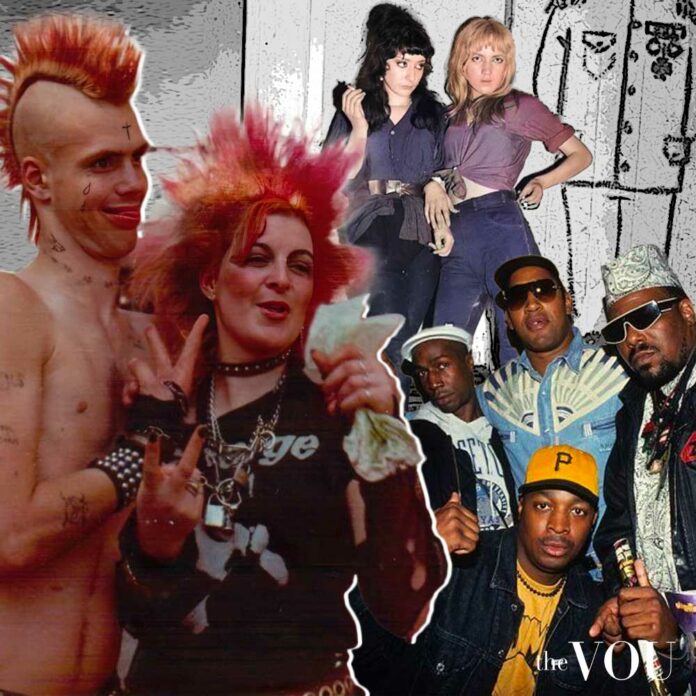A subculture is a group of people with similar views, social norms, values, practices, aesthetics, and fashion, operating within a dominant culture.
According to Dick Hebdige, a scholar in cultural studies, subcultures are formed as its members resist or affirm broader societal norms, such as the Punk subculture. [1]
Similarly, sociologist Howard S. Becker states that subcultures provide “alternate solutions to socially defined problems.” [2]
Subculture Core Components
1. Language and Jargon
Language serves a dual function in subcultures, and the specialized hacker jargon is a great example.
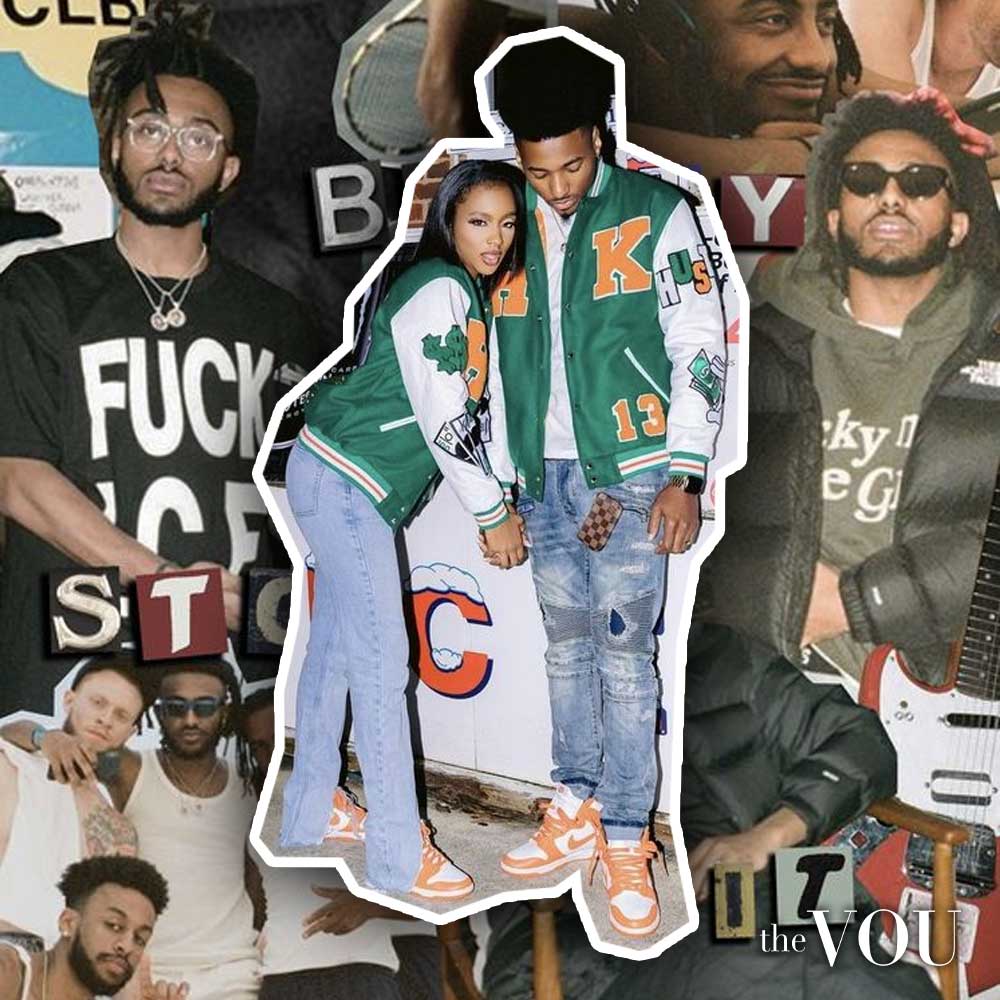
First, it allows for efficient communication between the hackers and all parties involved.
Secondly, it acts as a vetting mechanism, filtering out those not initiated into the subculture [3]
2. Fashion and Style
Each subculture has a unique look comprised of the adoption and transformations of previous fashion styles.

For example, the look of the Preppy subculture is built on traditional British aesthetics, patterns, motifs, materials, and colours, showcasing heritage and traditional values.
Equally, the Goth subculture’s distinct aesthetic comprising dark clothing and elaborate makeup, inspired by the gothic architecture and punk subculture, acts as a visual identifier of membership within the community. [4]
3. Music and Art
Emerged in the 1970s, Punk rock was more than a musical genre but an ideological revolt against the prevailing socio-political conditions.
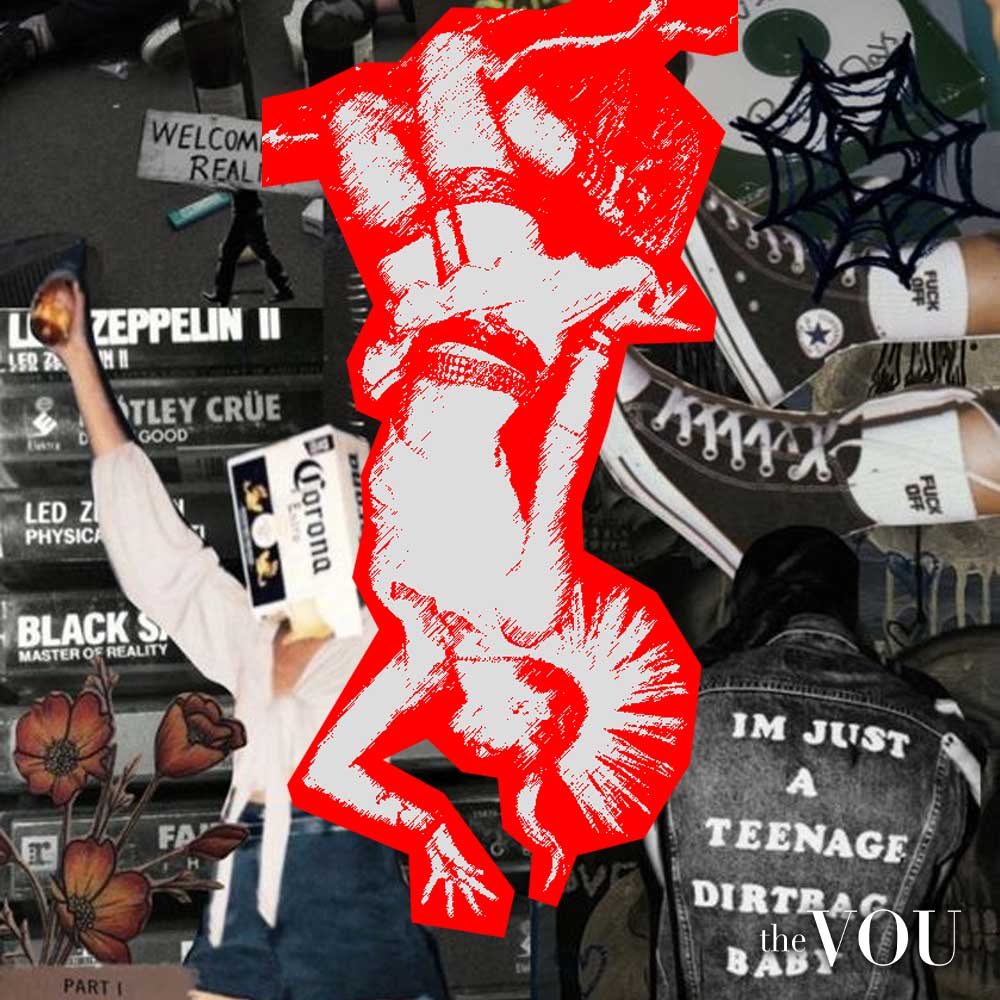
Punk rock subculture influenced fashion, visual arts, and even DIY ethics. [5]
4. Ideology and Beliefs
The environmentalist subculture unites around advocating for sustainable living, eco-friendly creations, and environmental conservation.
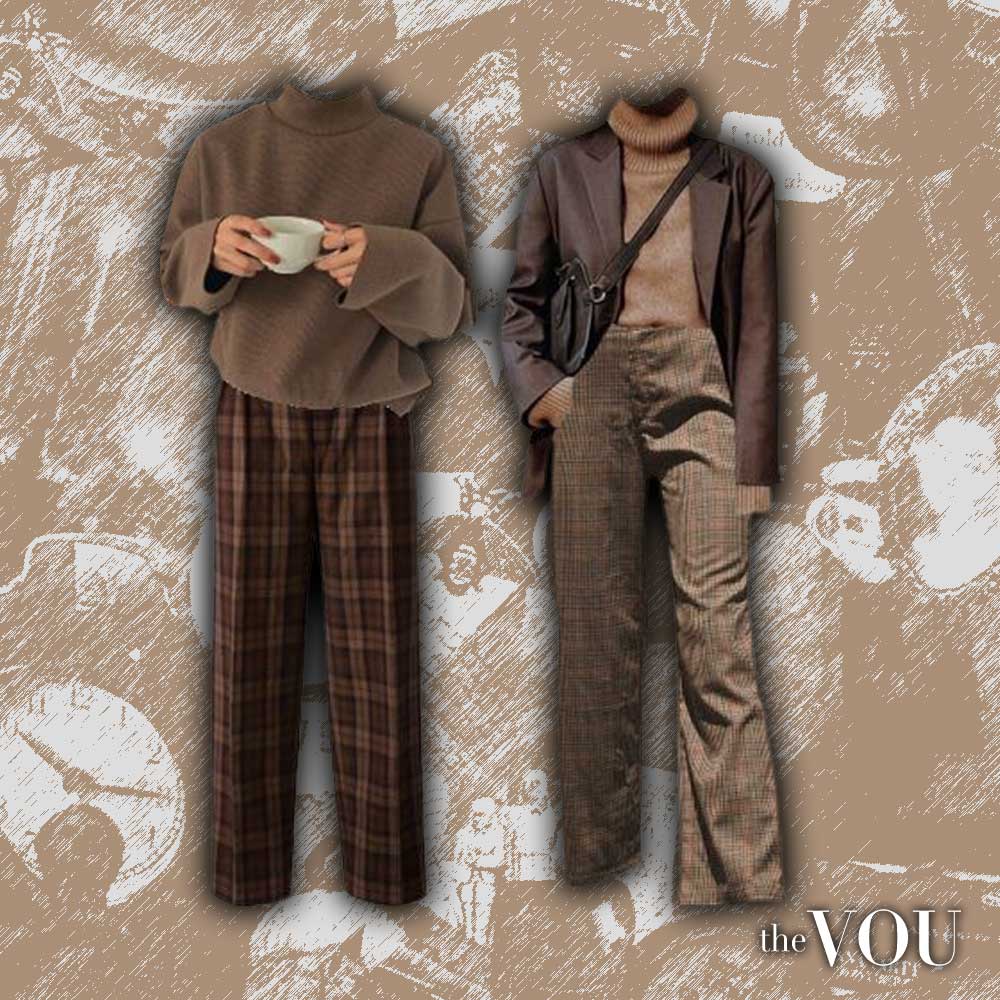
This collective belief system serves as a rallying point for activism and community initiatives. [6]
The Role of a Subculture
1. Challenging Conventions
An example of Challenging Conventions is the Beatnik subculture.
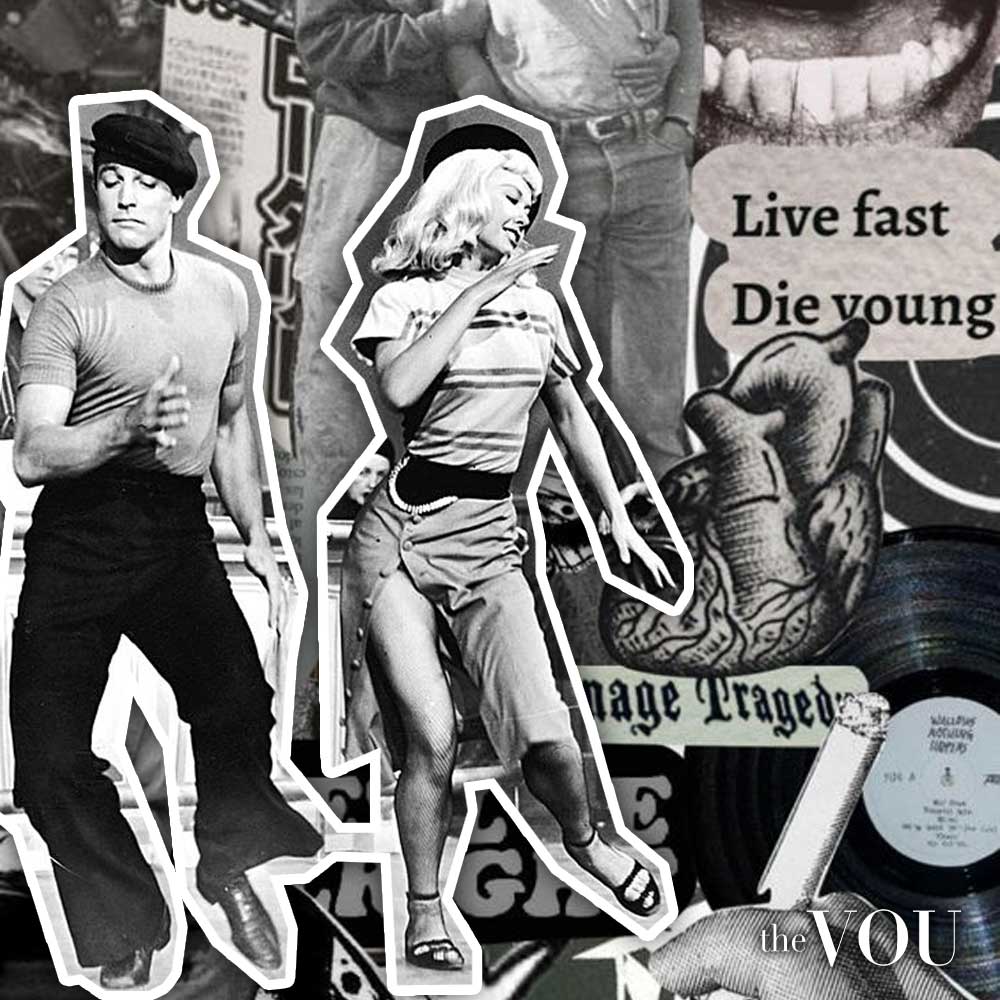
As a subculture that gained prominence in the 1950s, The Beatniks were instrumental in challenging and reformulating societal norms. Their literary and artistic contributions set the stage for the countercultural movements of the 1960s. [7]
2. Adolescence and Identity
Psychologist Erik Erikson emphasizes that subcultures are critical platforms for self-discovery during adolescence. [8]
Are There Any Online Subcultures?
Virtual communities like Reddit and Tumblr have enabled the growth of distinct subcultures by providing online spaces where people can engage over shared interests or ideologies. [9]
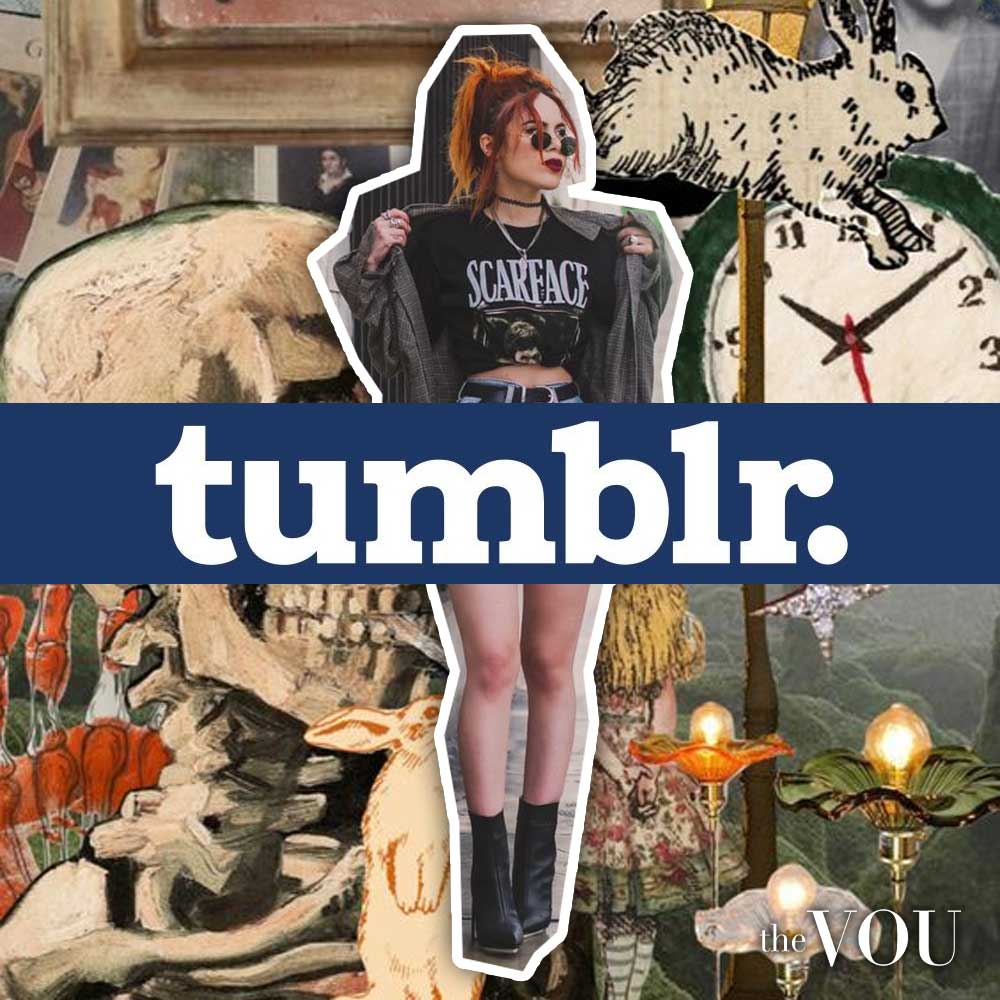
Moreover, online platforms have revolutionized how subcultures form and operate in the digital age, allowing for the rapid dissemination of ideas and connecting people across geographical boundaries. [10]
Conclusion
By embodying resistance and adaptation to larger cultural and social frameworks, subcultures serve as microcosms of societal beliefs, taboos, and norms while providing alternative pathways for individual and collective identity formation.
Bibliography
[1] Hebdige, D., (1995). Subculture: The Meaning of Style. Critical Quarterly 37.2, p. 120-124.
[2] Becker, H. S., (2008). Outsiders. Simon and Schuster, p. 36.
[3] Raymond, E. S., (1996). The new hacker’s dictionary. MIT Press.
[4] Hodkinson, p., (2002). Goth: Identity, Style and Subculture. Berg Publishers, p. 45.
[5] McNeil, L., and McCain, G., (1996). Please Kill Me: The Uncensored Oral History of Punk. Grove Press, p. 17.
[6] Dobson, A., (2003). Citizenship and the Environment. OUP Oxford, p. 28.
[7] Rex, R., (1975). The Origin of Beatnik. American Speech, 50(3/4), p. 329-331.
[8] Erikson, E. H., (1968). Identity: Youth and Crisis. WW Norton & Company, p. 219.
[9] Turkle, S., (1995). Life on the Screen: Identity in the Age of the Internet. Simon and Schuster, 27(2), 113.
[10] Baym, N. K., (2015). Personal connections in the digital age. John Wiley & Sons.
After years of managing hundreds of fashion brands from London's office of a global retailer, Mandy has ventured into freelancing. Connected with several fashion retailers and media platforms in the US, Australia, and the UK, Mandy uses her expertise to consult for emerging fashion brands create top-notch content as an editorial strategist for several online publications.
A passionate advocate for inclusivity and diversity, Aidan is the driving force behind The VOU as its Editorial Manager. With a unique blend of editorial acumen and project management prowess, Aidan's insightful articles have graced the pages of The Verge, WWD, Forbes, and WTVOX, reflecting his deep interest in the dynamic intersection of styling with grooming for men and beyond.
With years of expertise in high-end fashion collabs and a PhD in Sustainable Fashion, Ru specialises in eco-luxe wardrobes for the modern gentleman seeking understated refinement.
With over twenty years of front-row fashion and styling events, collabs with haute-couture houses, and a PhD in Luxury Fashion, Laurenti is an expert in crafting personalised looks that depict old-money sophistication.


